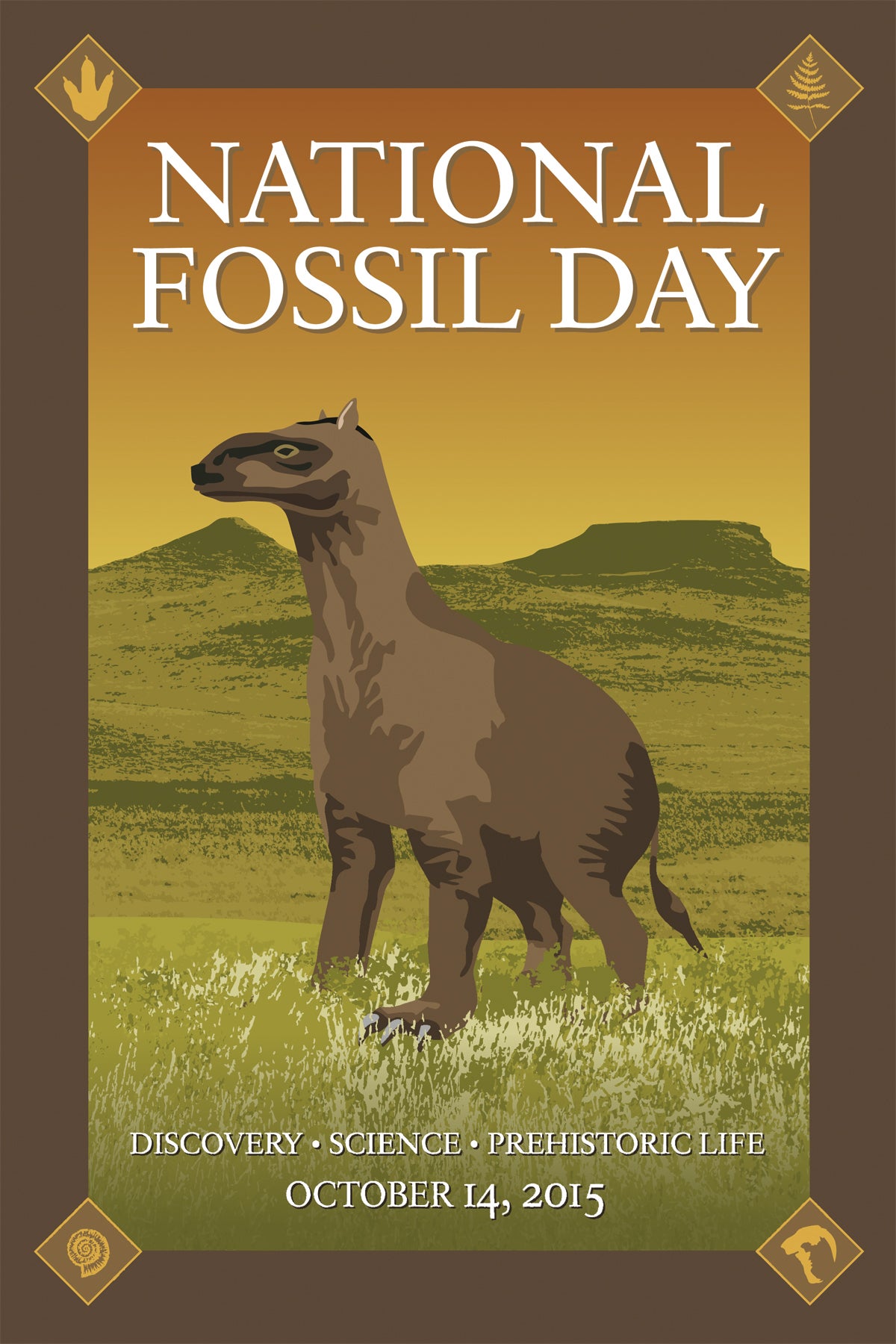In Honor Of Fossil Day, Here Are 7 Of The Year’s Best Fossil Discoveries
Paleontology rocks!

Happy National Fossil Day! Today is the fifth annual National Fossil Day, a day trademarked by the National Park Service and celebrated in schools and parks across the country.
Why give fossils their own day? And what even is a fossil? Put very simply, a fossil is the remains of a living organism preserved naturally for a long time. The ways a fossil is preserved can vary dramatically, but typically we think of bones that were quickly buried by sediments like dirt and other rocks, and eventually became part of a new rock formation years down the line. Certain rock formations, like the Burgess Shale yield thousands of fossils every year.
As for their importance, well, fossils are a finite resource. Once they’re excavated, they can’t be put back. And unless they’re dug up very carefully, a lot of the scientific knowledge about the fossil can be lost. Paleontologists need to know the ‘context’ of the fossil, not only where it was found, but what layer of soil or rock it was in (which helps date it) and whether there were other fossils of plants or animals nearby (which helps recreate the environment at the time). The National Park Service hopes that if people are educated about fossils, they will be more likely to treat fossils they find with respect, whether they’re found in a backyard or a national park.
Here are some of our favorite discoveries from this year, in no particular order:
Scientists took dinosaurs’ temperatures using fossilized eggshells.
50 million year-old sperm was found preserved in worm cocoons in Antarctica. It is the oldest animal sperm ever discovered.
Today scientists announced the discovery of 125 million-year-old hair follicles on a creature that resembled a large rat. The hairs are 60 million years older than their closest counterpart, and they show that mammals were already a furry group of creatures even during the time of dinosaurs.
A feathered cousin of the velociraptor was found much to the delight of paleontologists, who weren’t happy with the scaly look of dinosaurs in the Jurassic World blockbuster.
A study found that your tooth enamel might have started as scales on ancient armored fish.
We learned that human-sized sea scorpions once roamed the early oceans.
And a brand new relative of the triceratops was found in Canada. Scientists named her Wendy.
There are plenty of museums and national and state parks where you can see beautiful fossils for yourself, but if that’s too far, check out online programs such as Fossil Finder, which lets you search for fossils online from the comfort of your own home.